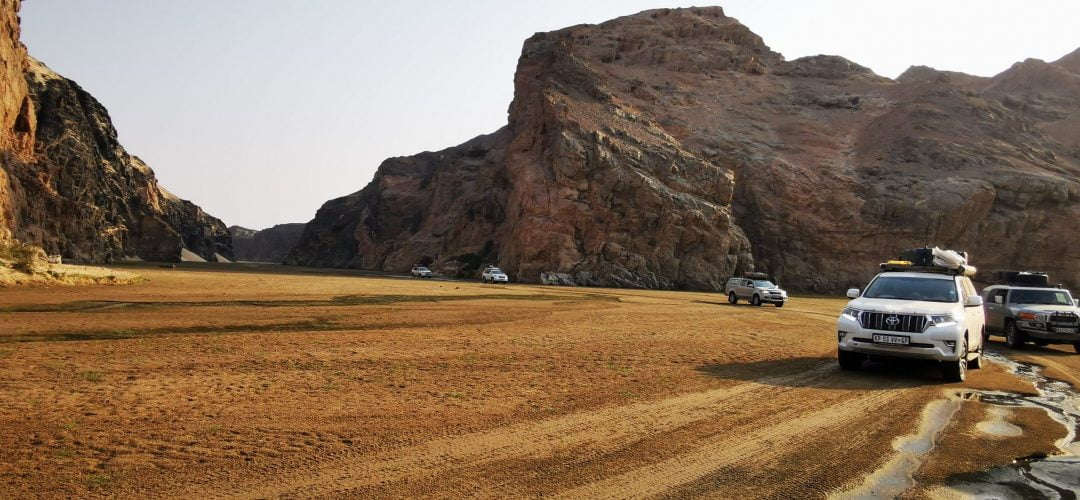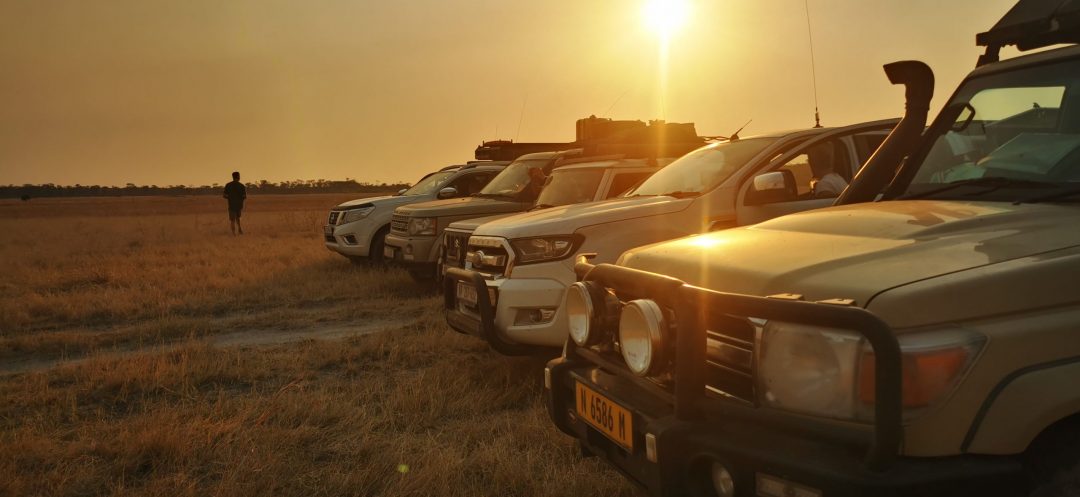Namibia, officially the Republic of Namibia, is a country in Southern Africa. Its western border is the Atlantic Ocean. It shares land borders with Zambia and Angola to the north, Botswana to the east and South Africa to the south and east.
Explore & Experience|Namibia
For Namibian Main attractions, visit the official tourism site at: https://visitnamibia.com.na/
Explore Namibia!

Unbounded Namibia Safaris & Tours
About Namibia
General Information about Namibia:
Namibia, officially the Republic of Namibia, is a country in Southern Africa. Its western border is the Atlantic Ocean. It shares land borders with Zambia and Angola to the north, Botswana to the east and South Africa to the south and east. Although it does not border Zimbabwe, less than 200 meters (660 feet) of the Botswanan right bank of the Zambezi River separates the two countries. Namibia gained independence from South Africa on 21 March 1990, following the Namibian War of Independence. Its capital and largest city is Windhoek. Namibia is a member state of the United Nations (UN), the Southern African Development Community (SADC), the African Union (AU) and the Commonwealth of Nations.
The driest country in sub-Saharan Africa, Namibia has been inhabited since pre-historic times by the San, Damara and Nama people. Around the 14th century, immigrating Bantu peoples arrived as part of the Bantu expansion. Since then, the Bantu groups, the largest being the Ovambo, have dominated the population of the country; since the late 19th century, they have constituted a majority. Today Namibia is one of the least densely populated countries in the world.
![16-Epupa Falls31 - Copy - Copy (1)[1] Namibia,explore namibia,travel namibia, Unbounded Namibia Safaris & tours](https://unboundednamibia.com/wp-content/uploads/2022/10/16-Epupa-Falls31-Copy-Copy-11-scaled.jpg)
Population:
It has a population of 2.55 million people and is a stable multi-party parliamentary democracy. Agriculture, tourism and the mining industry – including mining for gem diamonds, uranium, gold, silver and base metals – form the basis of its economy, while the manufacturing sector is comparatively small.
History:
In 1884, the German Empire established rule over most of the territory, forming a colony known as German South West Africa. Between 1904 and 1908, it perpetrated a genocide against the Herero and Nama people. German rule ended in 1915 with a defeat by South African forces. In 1920, after the end of World War I, the League of Nations mandated administration of the colony to South Africa. As mandatory power, South Africa imposed its laws, including racial classifications and rules. From 1948, with the National Party elected to power, this included South Africa applying apartheid to what was then known as South West Africa. In the later 20th century, uprisings and demands for political representation by native African political activists seeking independence resulted in the UN assuming direct responsibility over the territory in 1966, but South Africa maintained de facto rule. In 1973, the UN recognized the South West Africa People’s Organization (SWAPO) as the official representative of the Namibian people. Following continued guerrilla warfare, Namibia obtained independence in 1990. However, Walvis Bay and the Penguin Islands remained under South African control until 1994.
Culture:
The majority of the Namibian population is of Bantu-speaking origin—mostly of the Ovambo ethnicity, which forms about half of the population—residing mainly in the north of the country, although many are now resident in towns throughout Namibia. Other ethnic groups are the Herero and Himba people, who speak a similar language, and the Damara, who, like the Nama, speak Khoekhoe.
In addition to the Bantu majority, there are large groups of Khoisan (such as Nama and San), who are descendants of the original inhabitants of Southern Africa. The country also contains some descendants of refugees from Angola. There are also two smaller groups of people with mixed racial origins, called “Coloureds” and “Basters”, who together make up 8.0% (with the Coloureds outnumbering the Basters two to one). There is a substantial Chinese minority in Namibia; it stood at 40,000 in 2006.
Whites (being mainly of Afrikaner, German, British and Portuguese origin) make up between 4.0 and 7.0% of the population. Although their proportion of the population decreased after independence due to emigration and lower birth rates, they still form the second-largest population of European ancestry, both in terms of percentage and actual numbers, in Sub-Saharan Africa (after South Africa). The majority of Namibian whites and nearly all those who are of mixed race speak Afrikaans and share similar origins, culture, and religion as the white and coloured populations of South Africa. A large minority of whites (around 30,000) trace their family origins back to the German settlers who colonised Namibia prior to the South African invasion during the First World War, and they maintain German cultural and educational institutions. Nearly all Portuguese settlers came to the country from the former Portuguese colony of Angola. The 1960 census reported 526,004 persons in what was then South West Africa, including 73,464 whites (14%).
Secure your spot
Book Now!
Experience a blockbuster combination of sublime landscapes that will make you feel like you’re on another planet, some of the best wildlife viewing on the continent, a host of fascinating desert-adapted plants and animals and jaw-dropping natural wonders make Namibia a country you’ll never forget.














